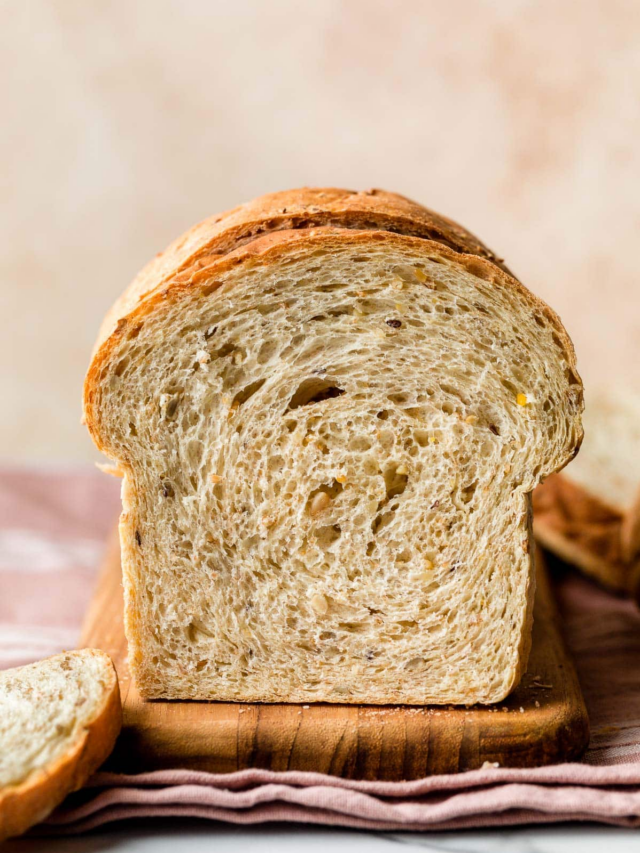Unearthing the secrets behind uncured ham can be like opening Pandora’s box of flavors and health benefits. With all the buzz around this unorthodox meat, it’s no wonder many are left pondering its true nature and worth. But fear not, dear reader, for we are about to embark on a journey to demystify the enigmatic world of uncured ham.
So buckle up, grab a snack, and prepare to be enlightened on all things uncured ham in this enlightening exploration.
What Is Uncured Ham?
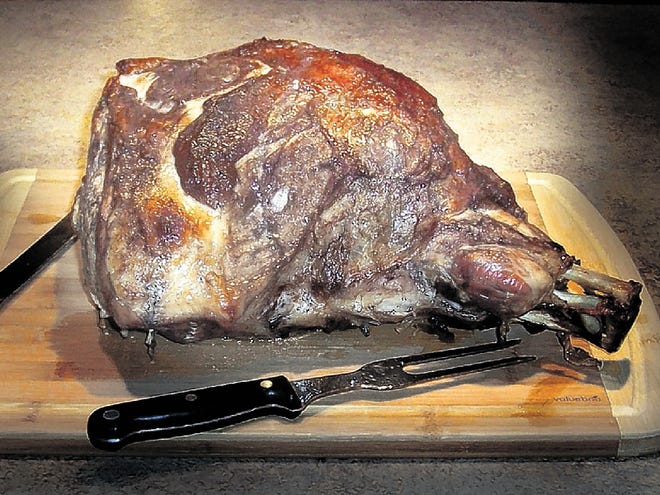
What is Uncured Ham?
Uncured ham is just what it sounds like—ham that hasn’t been treated with synthetic nitrates or nitrites during the curing process. These additives are commonly used to preserve color and flavor and prevent spoilage in cured ham.
Instead of relying on artificial preservatives, uncured ham is cured using natural alternatives like sea salt and celery powder. These ingredients contain naturally occurring nitrites, allowing the ham to retain its color and flavor without compromising on health.
There are several reasons to choose uncured ham:
- Reduced Sodium: Uncured ham is typically lower in sodium than cured ham since it doesn’t contain added sodium nitrite. This can be beneficial for those watching their sodium intake.
- Wholesome Ingredients: Uncured ham often relies on natural ingredients like sea salt and celery powder, offering a more natural and potentially more flavorful option.
- Dietary Choice: Uncured ham can be a suitable choice for those following a paleo or Whole30 diet, which often restricts processed meats with added nitrates and nitrites.
While the taste and texture are similar to cured ham, uncured ham may have a slightly milder flavor. It’s also important to note that due to its lower sodium content, uncured ham might require shorter cooking times compared to cured ham.
This is just a starting point! Keep reading to discover delicious recipes featuring uncured ham and learn where to find it at your local grocery store.
Curing Methods For Ham
There are various methods used to cure ham, both traditional and modern. Conventional methods often involve dry curing the ham with a mixture of salt, sugar, and spices, then allowing it to air dry for several weeks or months. This process helps to preserve the meat and develop its flavor. Modern methods may use a wet brine solution that is injected into the ham to speed up the curing process. While both methods can result in delicious cured ham, traditional methods tend to produce a deeper and more complex flavor profile. Whether you prefer the time-honored tradition or the convenience of modern techniques, understanding the differences in curing methods can help you choose the ham that suits your taste preferences.
Exploring Traditional Vs. Modern Curing Methods
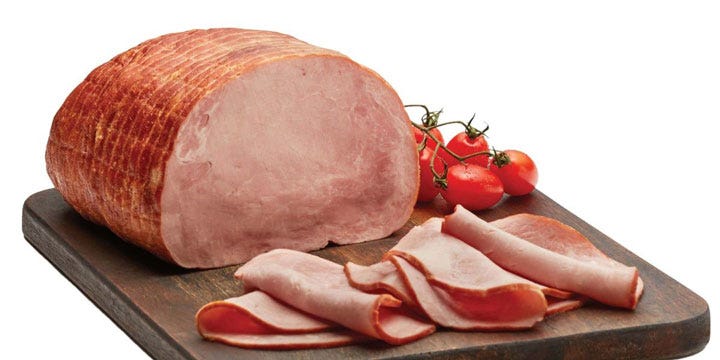
When it comes to cured ham, there’s a whole world of flavor waiting. From traditional methods that take weeks to modern techniques offering quicker results, understanding the curing process can help you find the perfect ham for your taste buds.
Traditional curing methods involve a patient approach. Here, the ham is rubbed with a mixture of salt, sugar, and spices, allowing it to air dry for weeks or even months. This slow process helps preserve the meat while developing a deep and complex flavor profile.
Modern times call for modern methods. Some curing techniques use a wet brine solution injected directly into the ham. This method significantly speeds up the process, making delicious cured ham more readily available.
Both traditional and modern methods have their merits. Traditional curing delivers a richer flavor, while modern techniques offer convenience. Ultimately, the choice comes down to your preference. Do you value the depth of flavor achieved through slow drying, or is the speed of modern methods more important to you?
Uncured vs. Cured Ham: Know Your Options
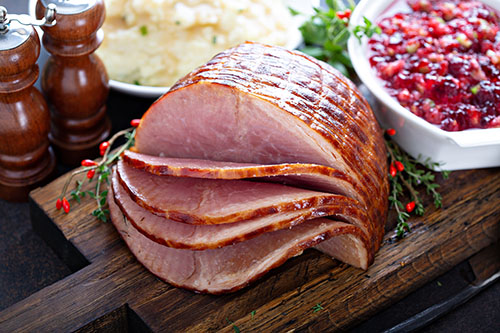
Preservation Makes the Difference:
Uncured and cured hams take different paths to your plate. Cured ham undergoes a preservation process that includes smoking, salt, sugar, and other flavorings. This method gives the cured ham its characteristic pink or deep rose color. Uncured ham skips this step, resulting in a more natural meat color.
Flavor and Texture:
Flavor and texture are where these hams truly diverge. Cured ham packs a bold umami punch and boasts a firm, drier texture. The curing process adds salt, nitrates, or nitrites, contributing to the intense flavor and pinkish hue. Uncured ham, on the other hand, delivers a milder, more natural, meaty taste and retains a firmer, juicier texture.
Choosing Your Perfect Ham:
The choice between cured and uncured comes down to personal preference. Do you crave a strong, salty bite with a firm texture? Cured ham is your champion. If a milder flavor and juicier experience tempt you, reach for uncured ham. Experiment with both to discover which one elevates your recipes and suits different occasions.
Sodium and Health:
Uncured ham generally boasts a lower sodium content than its cured counterpart. This is because uncured ham relies on natural preservation methods, like sea salt and celery powder, which contain naturally occurring nitrates. These natural nitrites help preserve the meat without requiring additional sodium nitrite. Choosing uncured ham can be a healthier option for those watching their sodium intake or following a low-sodium diet. Additionally, natural preservation methods minimize potential health concerns linked to nitrates and nitrites found in cured meats.
The Bottom Line:
Both cured and uncured hams are safe to consume. However, understanding the differences empowers you to make informed choices based on your taste preferences and dietary needs. So, next time you’re at the deli counter, consider your culinary adventure and choose the ham that perfectly complements your recipe!
Cooking with Uncured Ham: A Flavorful Twist
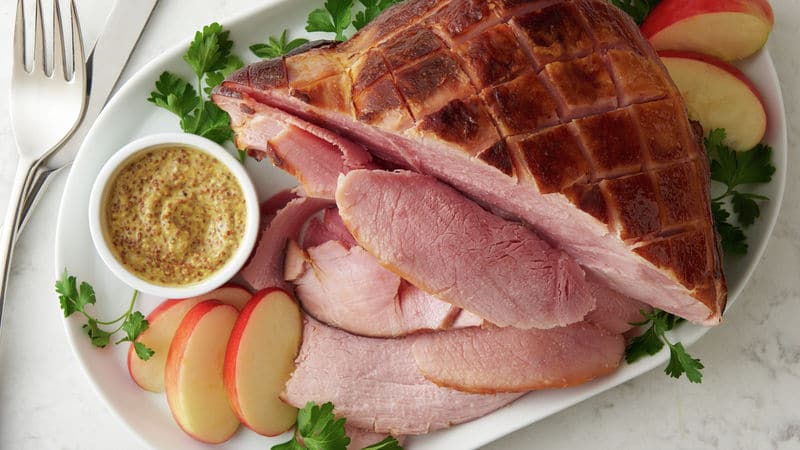
Uncured ham offers a delicious and versatile ingredient for your culinary creations. Its natural taste shines when cooked properly, making it a great addition to various dishes.
Uncured ham’s uses are vast. It can be sliced for classic sandwiches or chopped for exciting dishes like quiches, salads, and pasta. The key lies in balancing its natural saltiness and smokiness. Try pairing it with sweet fruits or a honey glaze for a delightful contrast in flavors.
Uncured Ham in Action:
- Breakfast: Start your day with a protein boost by adding diced uncured ham to omelets or frittatas.
- Lunch and Dinner: Elevate your salads, pasta, or pizzas by incorporating chopped uncured ham for a burst of savory goodness. Even savory tarts can benefit from its depth of flavor as a delicious topping.
Remember, uncured ham is naturally tender. To avoid drying it out, cook it only until heated through. Follow the specific instructions provided with the ham to ensure proper cooking temperature.
For a complete and satisfying meal, pair your uncured ham dish with complementary sides like roasted vegetables or mashed potatoes.
Where To Find Uncured Ham?
Finding uncured ham is easier than ever before! Here’s a breakdown of your options:
- Grocery Stores: Many supermarkets now offer a variety of uncured ham products. Look for brands specializing in natural and organic meats, as they’re more likely to have uncured options.
- Specialty Stores: Farmers markets and butcher shops are excellent places to find high-quality uncured ham. These stores often source locally and can help you choose the perfect cut.
- Online Shopping: For ultimate convenience, numerous websites offer uncured ham, including direct-to-consumer meat delivery services. When shopping online, read customer reviews and look for certifications like “no antibiotics” or “no added nitrates/nitrites” to ensure quality.
No matter where you shop, keep these tips in mind:
- Read labels carefully: Look for terms like “uncured” and “no nitrates/nitrites added.”
- Consider certifications: Certifications like “no antibiotics” can indicate higher quality meat.
- Ask questions: If shopping at a butcher shop or farmers market, ask about the ham’s origin and processing methods.
With a little planning, you can find delicious uncured ham for your next culinary creation!
Conclusion
Uncured ham has a milder flavor and a slightly different texture than cured ham. Keep this in mind when incorporating it into your recipes. The good news is that uncured ham is a versatile ingredient and can be used in a variety of dishes, from sandwiches and salads to main courses.
Whether you’re drawn to the taste or the health benefits, uncured ham can be a delicious and nutritious addition to your diet. Explore different recipes and experiment with flavors to discover all the possibilities this versatile ingredient offers!
Key Points Recap
Here’s a quick recap of the key points about uncured ham:
- A healthier alternative to traditional cured ham
- Free from added nitrates/nitrites and artificial flavors
- Widely available at various stores
- Milder flavor and slightly different texture (consider when cooking)
- Versatile ingredient for many dishes (sandwiches, salads, main courses)
- Delicious and nutritious choice
Final Thoughts: Enjoying Uncured Ham
Incorporating uncured ham into your diet is easy and rewarding! Here are a few tips to remember:
- Be mindful of the milder flavor when cooking with uncured ham.
- Experiment with different recipes and flavors to unlock its potential.
- Uncured ham offers a healthier choice compared to traditional cured ham.
Enjoy the delicious and nutritious benefits of uncured ham in your meals!
References:
FAQ about Unraveling the Mystery of Uncured Ham: What You Need to Know
Q: What is uncured ham?
A: Uncured ham is ham that has not been preserved using synthetic nitrates or nitrites. Instead, it is cured using natural methods such as sea salt and celery juice.
Q: Is uncured ham safe to eat?
A: Yes, uncured ham is safe to eat as long as it is handled and cooked properly. It is a healthier alternative to cured ham for those looking to avoid synthetic additives.
Q: How does uncured ham differ from cured ham?
A: Uncured ham does not contain synthetic nitrates or nitrites, which are often used in traditional cured ham to preserve and add flavor. Uncured ham has a more natural taste and color.
Q: Can you cook uncured ham the same way as cured ham?
A: Yes, you can cook uncured ham in the same way as cured ham. It can be baked, grilled, or cooked in a variety of recipes, just like traditional ham.
Q: Where can I find uncured ham?
A: Uncured ham can be found in most grocery stores, health food stores, and specialty meat markets. Look for labels that indicate the ham is uncured or nitrate/nitrite-free.
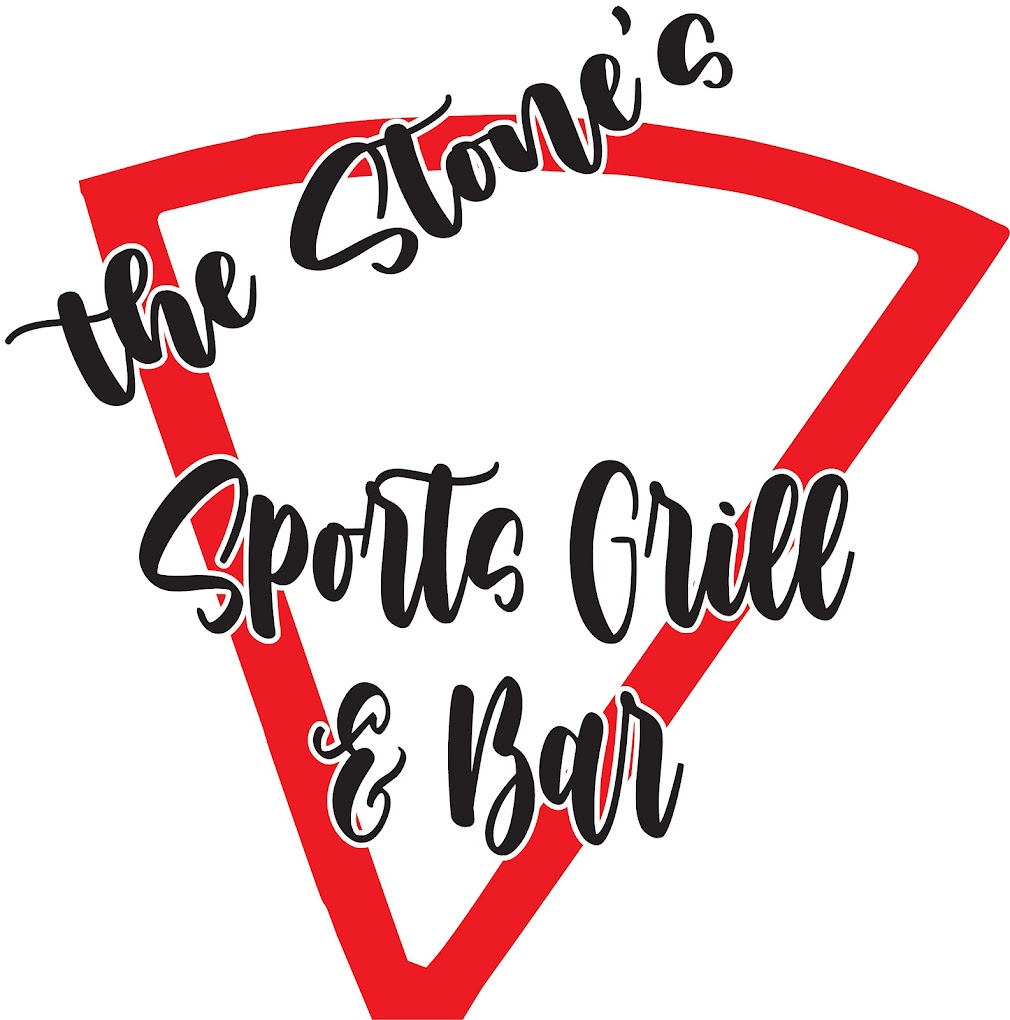
The Stone’s Sports Grill and Bar was Established on December 1, 2021. The Stone is a Sequel to another restaurant called Cornerstone’s First Edition in Tucumcari, NM. This particular venue is located on the Southeast side of Colorado Springs. The Stone is Wide Open. We have a large dance floor, multi-level stage, pool room, (5) dart boards, and a bar with a large selection of wine spirits and brews.



